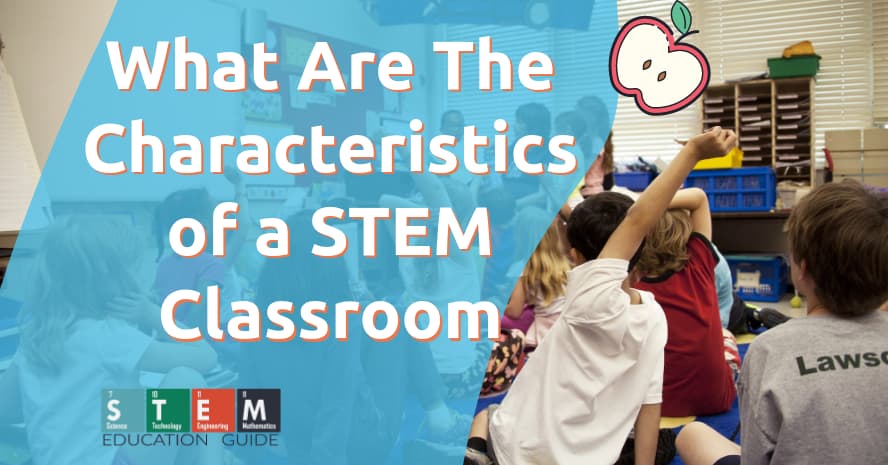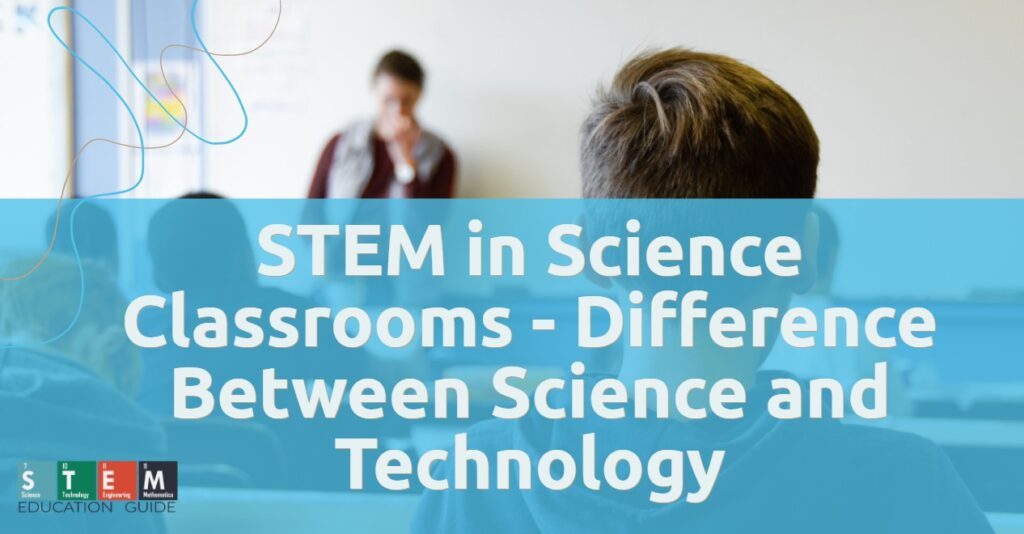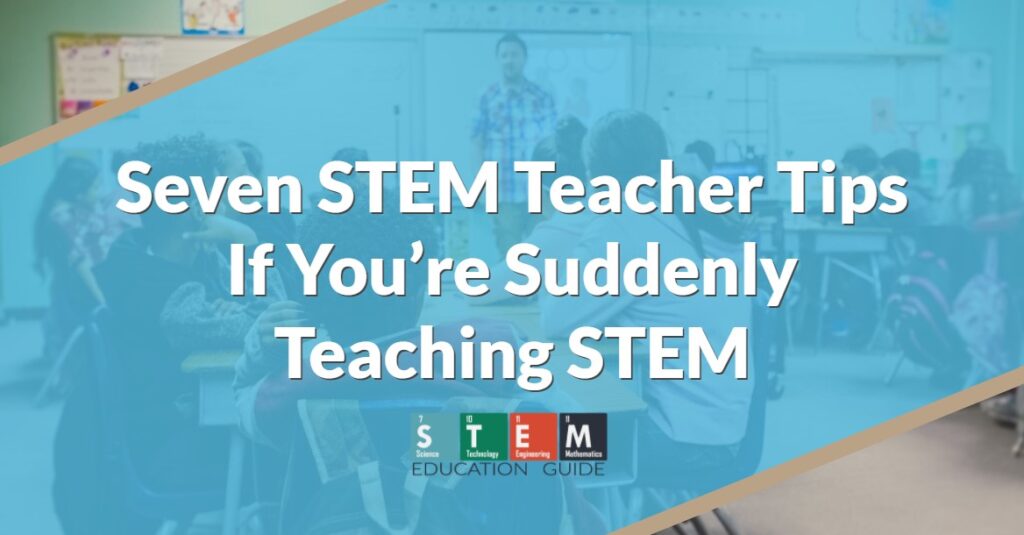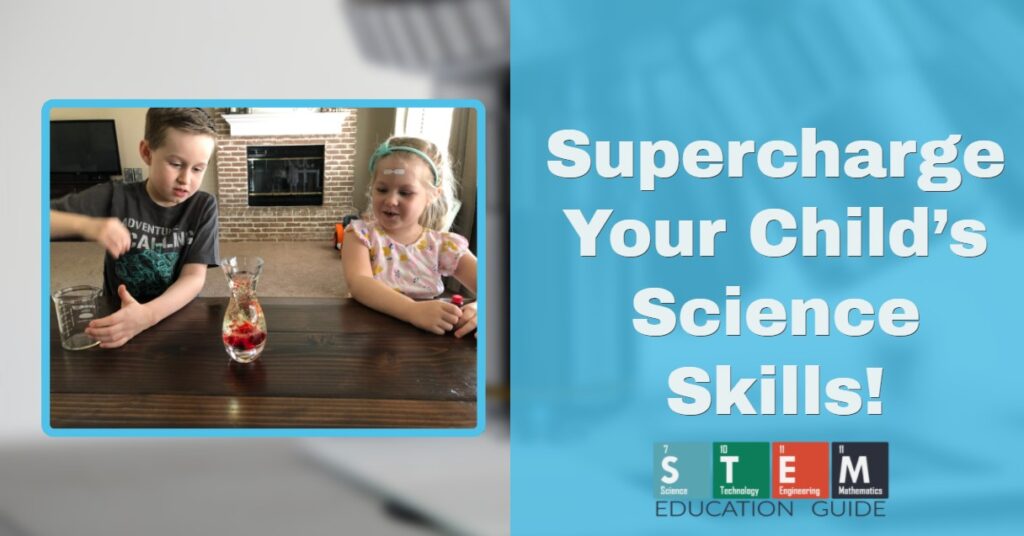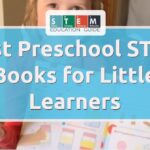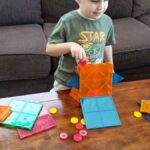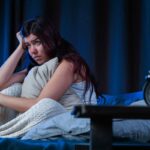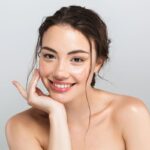STEM Education is a rising fast curriculum.
It first began to gain even more notoriety in the early 2000s, receiving several federal grants as a research-based curriculum and is now frequently included in teacher training and development.
President Barack Obama even included STEM education in his 2011 state of the union address. Mentioning the great need for investment in these modern 21st-century learning skills for our youth.
He coined this a “sputnik moment” for our future, allowing our youth to lead the way for economic growth and ingenuity.
If you’re unfamiliar with STEM, it stands for Science, Technology, Education, and Mathematics.
While these may be specific umbrellas in which STEM is grounded. When you pull open each umbrella, there are core concepts within each that involve specific skill sets that help structure a STEM-based classroom. To name a few, core concepts such as problem-solving, reflection, critical thinking, and collaboration.
Check out our article that further discusses the importance of STEM in the classroom.
So what does STEM look like in action in a classroom setting? STEM is considered more of a way to design a classroom setting, rather than a specific curriculum. The way the instruction is delivered is specific in pulling out certain skills you want the students to build upon.
Table of Contents
STEM Focus on Real-world Issues and Problems
STEM is structured to bring real-world issues and problems into the classroom. There is no better way to get students excited about learning than when they realize they can use what they learn in the real world.
It helps them feel empowered and supports the development of empathy. When they experiment with real world topics, they build the realization that the work they put in can make a difference to something that is a part of a larger system outside of themselves.
Real-world issues and problems can be selected in a variety of ways. You can use issues within the classroom and school. You can engage with what your students are currently interested in, or you can simply ask if there is an issue they want to research.
A class of students notices that the wood chips on their playground are not efficiently meeting the goal of cushioning their falls. Maybe they notice scrapes from the wood chips, that the wood chips are being carried into the school by their shoes, or that it slows them down when running. The teacher can use this as a STEM exploration.
Please check out our article on the various differences between science and technology that you need to know in your classroom.
First, they need to clearly define the problem, online research what playground surface alternatives are out there and imagine what the change would be. Would they need to raise money?
Who in the school do they need to talk to? How would someone design and build a new surface? How can they get samples to test out different materials?
According to Education Week, specific problems need to offer multiple approaches and solutions. This allows for the open-ended approach, which is really the key component that allows STEM to thrive.
Some problems may require a mathematical approach, while some problems may require more of a scientific approach.
STEM Immerse Students in Hands-on Open-ended Exploration
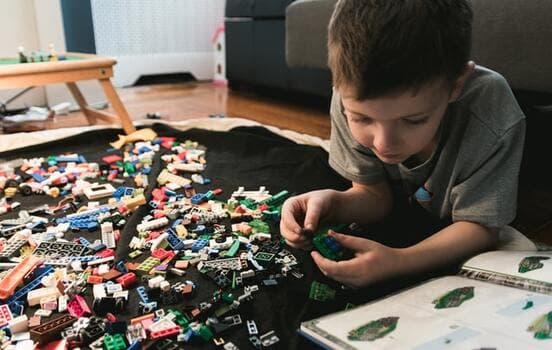
What makes this approach different is that it is not about sitting at a desk reading a textbook. It is not rooted in route memorization and recall. It allows students to meet themselves where they are with the information they have and explore from there.
Science is about experimentation and using real products to test them out.
Technology is for research and design. Engineering is when they expand on the design and build out the product or solution with their own two hands.
Mathematics can be integrated in a number of ways. Intertwined in the engineering and experimentation of the solution. In each of these umbrellas, the students are actually doing something.
STEM Involves Students in Productive Teamwork

Not only are they doing something, but they are doing it together. Solution exploration is best supported when there are multiple people sharing their ideas. They get to work together to think critically, discuss and ask questions.
While they are working together, they are actively building social skills through communication, collaboration, and problem-solving.
A big part of the process is assessing how well they are working together, and what they need to change to work better as a team.
The teacher is the facilitator of the process and the one who supports active engagement with this reflection.
Maybe one student prefers rubber over synthetic turf for a new playground surface. How can these students collaborate to share their stances as well as experiment with both options? What are the pros and cons of both? How much does each cost? As you see, the questions are open and endless.
There Are Multiple Right Answers, and Failure Means Growth
Just like our example, there are multiple options for a brand new playground surface. This just proves that there are multiple options that can work. What might be the option that works best for what they are trying to solve? The best option for their school playground rather than another’s?
Every problem that they are solving is unique. It can be unique to them, their community, their state, the climate they live in, or the resources they have.
It does not mean that all experiments are wrong, but that it may not solve their specific problem. This means that students are able to view a “failed” experiment as an opportunity to do more research. It is a continuation of the process.
Through “failure” they ignite those sharp skills of critical thinking and collaboration. It often requires teachers to take a step back and support the process, while not offering guidance to a specific solution. It is also important for teachers to direct students towards areas that are appropriate for their grade level.
Make sure to take a look at the top tips for new STEM teachers.
How to Create STEM Lessons for Young Students
This might spark the question, how do teachers create STEM lessons for young students? Speaking from experience as a parent to littles.
Young kids are naturally incredibly curious beings.
They ask questions all day long. What better way to create a STEM lesson than one that stems (no pun intended) from one of their curious questions.
For lessons that are serving more of a learning purpose. The key is to keep it simple, personal, and unique all at the same time. What is something they are all trying to learn? How to write their name?
Offer them a set of legos and ask them a starting question. How can we use legos to learn the letters in our name? See what happens from there.
Teachers can also dive into a little STEM themselves when creating lessons for their students. Research is key, and there are a ton of resources available. Like this one that PBS Kids offers.
Their Design Squad global site offers a ton of ideas. The Engineering in Elementary website also offers a plethora of hands-on standards-aligned STEM lesson plans.
Wrapping Up
STEM is a way of learning that offers endless possibilities. A way of learning that offers endless benefits.
A classroom that is structured with a STEM mindset is one that is busy, engaging, and maybe sometimes noisy.
Continue reading our article about student growth, 10 Ways to Supercharge Your Child’s Science Skills!

